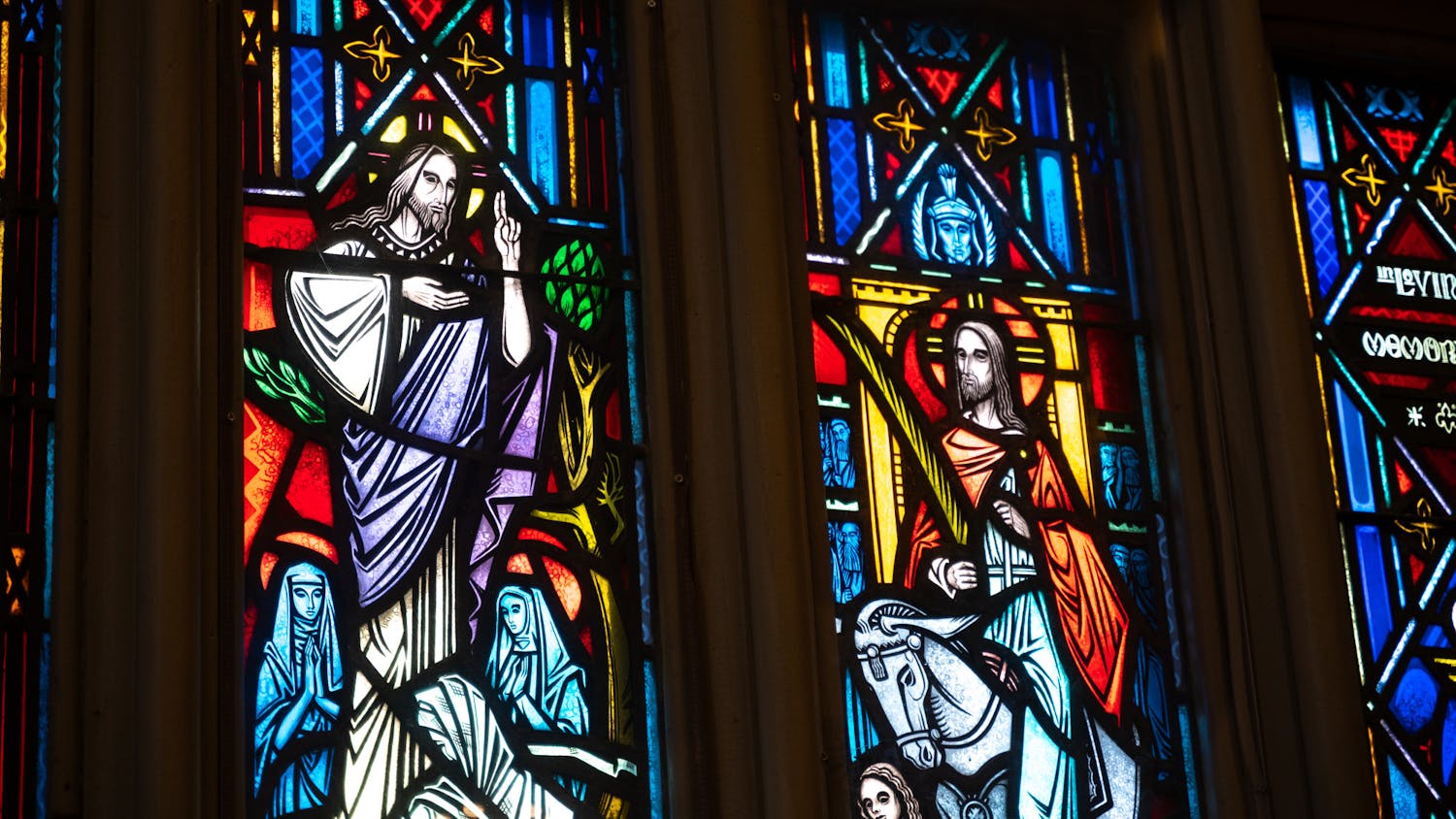A study by an economist at the Massachusetts Institute of Technology determined that trips to the bars played a crucial role in the COVID-19 outbreak among UW-Madison students earlier this semester.
MIT professor and physician Jeffry Harris utilized public health data with anonymized smartphone tracking data to reach his conclusion. Harris collected the smartphone data from late August through early October and compared it to COVID-19 cases from the 19 census tracts on and around UW-Madison’s campus.
Harris claimed he did not speak with anyone from UW-Madison. He used Wisconsin’s state health department reports census-tract level COVID-19 data, a major reason why he decided to study cases specifically at UW-Madison. Many other states do not make this information public.
The scientific paper was published late November by the National Bureau of Economic Research, although it has not been peer-reviewed yet.
Harris found a “remarkably tight fit” between frequent bar visits and new COVID-19 infections among students within or near the UW campus.
“People may look at (these findings) and say ‘Oh bars, duh!’” Harris told the Wisconsin State Journal. “Although you could say the triggering event was no surprise, the underlying causes are things we have to think about.”
In the time frame of the study, about 3,000 UW-Madison students reported a positive test for the coronavirus. An alarming 20 percent of the students infected came from the Witte and Sellery residence halls, two of the largest on-campus dormitories.
Witte and Sellery residents traveled to a cluster of 20 nearby bars in early September, which according to the smartphone data, was "a significant determinant of infection rates," Harris wrote.
Harris found that students living in Witte and Sellery were about three times as likely to “bar hop” to the cluster of 20 bars than students living in Ogg and Smith halls. He also discovered that for every 10 percent increase in per-capita bar visits a nine percent increase in COVID-19 cases followed.
Sixty-eight nearby restaurants and coffee shops showed a weaker relationship similar to what the bars exhibited, Harris found.
Although weddings, nursing homes and prisons are known as virus “superspreaders,” Harris believes researchers and public health officials should place more emphasis on the dangers of networks of places. High mobility of places, especially when students engage in bar-hopping, can accelerate the spread of COVID-19.
“When I think about bars now, I don’t think about people being on top of everybody else and screaming across the counter,” Harris said. “I start thinking about how the person in the bar was probably in another bar. Or his roommate was in another bar. So maybe we should think about bars as a network.”
Bar-hopping makes the virus more accessible to more people. Going to several bars in one night increases potential exposure to the virus if infected individuals frequent the establishments.
"When there is high mobility between places, they may function effectively as one place," Harris said.
In an attempt to stop the spread of the virus Chancellor Rebecca Blank paused in-person classes and strongly recommended students to stay home on Sept. 7. Two days later, the university continued restrictions by imposing lockdowns at Witte and Sellery.
Students attending off-campus social gatherings and bars played an important role in the decision making.
"You don’t need to look hard on social media to find a photo of long lines outside downtown bars or parties in large apartment buildings, or other places where 18- to 24-year-olds are gathering," Blank said.
By early October, the outbreak on campus had steadied and the university increased accessibility for students to receive COVID-19 tests. Harris applauded UW for its handling of the situation and for not beckoning to pressures from Dane County to send students home.
"To its credit, the university accomplished the extraordinary task of squelching the outbreak within a matter of weeks, rather than capitulating to a call by the Dane County board of supervisors to close its residence halls and send its 31,000 students back home," Harris wrote.
Officials at UW-Madison and Dane County disagreed with each other on how to respond to the rising numbers of COVID-19 cases during the outbreak as the university became overwhelmed with positive tests and city-county health department resources were weakened as a result, the State Journal reported.
Dane County Executive Joe Parisi thought the most responsible option was to send the students home and move classes online. Parisi also said Dane County does not have the resources to “party patrol” in order to ensure students follow the rules.
Blank fired back and urged that COVID-19 cases will not decrease unless “agencies with enforcement authority take additional action” in off-campus areas, such as bars and apartment buildings, which are outside the university’s jurisdiction.
UW-Madison officials are deciding how to approach the spring semester, hoping COVID-19 cases will not explode after the holiday seasons. Blank proposed the idea of restraining students’ movements for one week and requiring two negative tests before they can return to campus.
“If indeed cases are bad in January, we will want some re-entry process here,” Blank said.






